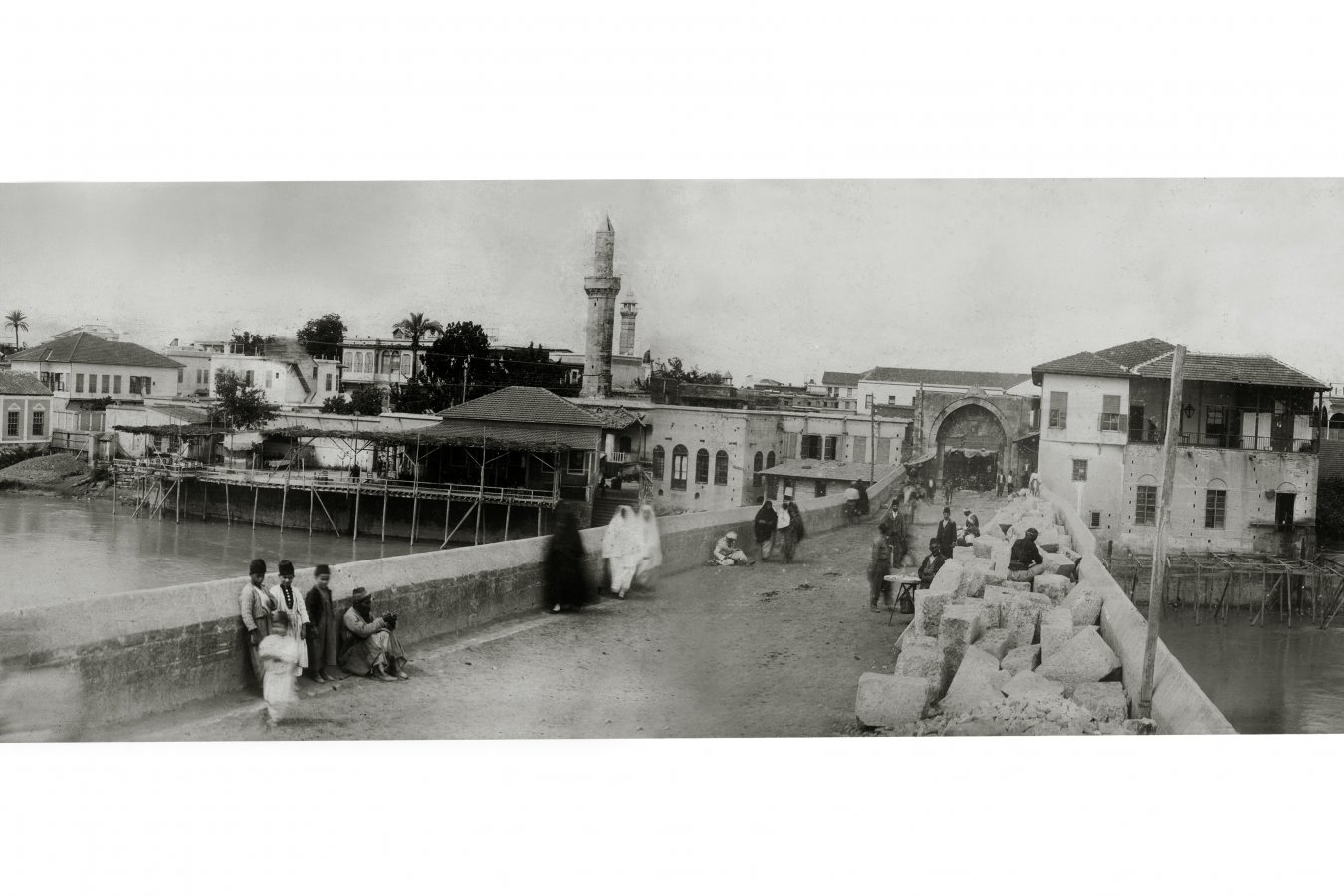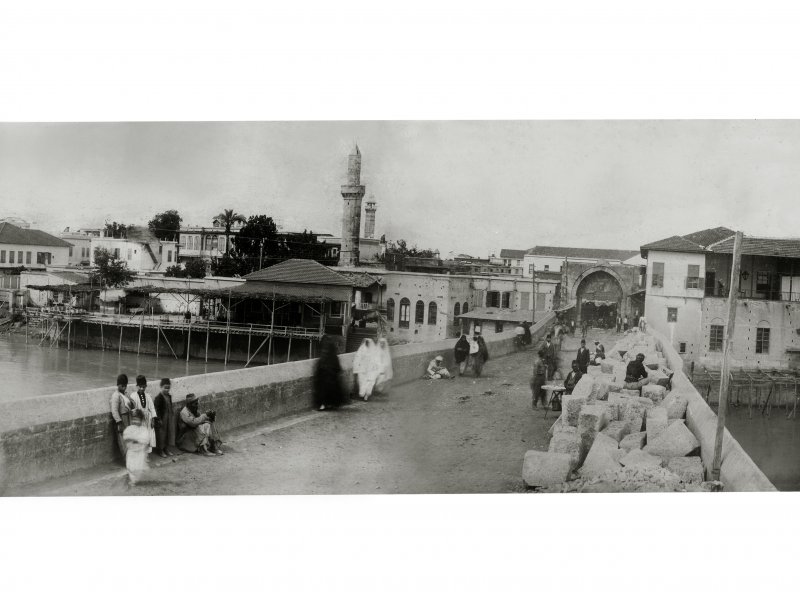The Story of Taşköprü
One day... But at least 1700 years ago... Maybe 3500... One of the magicians made a prophecy to the king of the city called Adania: "A snake will bite your beautiful daughter and kill her." A rush took the king, and as a result of this haste, he sent his daughter to an island in the middle of the river flowing in front of the city. He hoped the snake wouldn't get there. But come see that the snake reached the island in a basket full of grapes and bit the girl and killed her. Legend has it that the king built a bridge connecting the two sides of the river in memory of his dead daughter. He named it Taşköprü in a way that evokes the building material he used. But he not only built a bridge, but also placed a treasure inside one of the legs of the bridge so that his daughter's memory could live on forever, and if the bridge was destroyed, it could be built again. Moreover, he made a will that "Whoever wants to repair the bridge again should use this gold, but put new gold for later when repairing it".
Such is the legend... Legends are not investigated to see if they are true or not! But there is a truth that Taşköprü, which brings together the two sides of the Seyhan River in the middle of Adana, is one of the longest living bridges in the world. Maybe he's the longest living. If you want, let's get rid of the surreal narratives of legends and look for Adana's Taşköprü among the documents of historical science.
Maybe 3500 Years Old
There are different opinions about the construction date of the bridge... There is an inscription on the bridge in Adana Archeology Museum. This inscription is signed by an architect named Auxentios. While some authors state that the bridge was built during the reign of the Roman Emperor Hadrian (117-138 AD), it is known that an architect named Auxentios built a bridge in Rome in the 4th century. There are historians who express the contradiction between these dates with the claim that there is more than one architect named Auxentios who lived in different periods or that the inscription in the museum is a repair inscription rather than a construction inscription. Some historians argue that the history of the bridge can be carried back much further. Of course, they base it on documents.
Because among the ruins of Hattusa, the capital of the Hittites, BC. Some stone tablets were found in which the Hittite ruler I. Arnuwanda, who ruled in the 15th century, wrote his memoirs. And in one of these tablets, when the king was talking about fighting a city called "Adania", he was talking about a river flowing in front of him and there was a bridge over the river. According to some archaeologists, there is a possibility that that bridge is the Taşköprü, which is still used today. This thesis, which makes Adana Taşköprü 3500 years old, may or may not be true. But let's say it's not true, even the most recent date of its construction (4th century AD) makes Taşköprü 1700 years old and makes the bridge "the oldest bridge in the world still in use".
Three Apples
We started the subject with a legend, let's finish with a fairy tale; Three apples fell from the sky... One; In the lap of the King of Adania... The king could not protect his daughter's life, but he wished "This bridge will live forever" and made the memory of his daughter live forever. The other apple; It fell into the arms of the people of Adana... That's why they are doing their best to carry their bridge forever. The third apple is; When you visit Taşköprü in Adana, it will fall into your lap... And you won't be able to get enough of Taşköprü and apples. Just like the king can't get enough of his daughter's beauty...
While you're gone…
There are so many things to do while you are in Adana… But since you are going to Taşköprü, you should see the Ulu Mosque, Clock Tower, Karacaoğlan Literature Museum, Atatürk Science and Culture Museum, Cinema Museum, in Kazancılar, that is Adana. You should eat Adana Kebab where Kebab was invented. Be sure to wander around the lake. Take the miniature train at Merkez Park.
What to Eat Where?
Eat Adana Kebab at Yüz Evler, Kolcuoğlu, 5 January, Türkan, Kazancılar, Cigerci Bedo, Historical Istanbul Kebab Shops. On the other hand, you can eat the roll, which is the quick version of the kebab, at Cigerci. In addition, we recommend you to taste the turnip and aslime, which are drinks unique to Adana, the bicibici and ring dessert, which are also Adana-specific desserts, and the stuffed meatballs and liver kebab.
*Destination Program and Photos are taken from S. Haluk Uygur's book "52 Week Adana and Its Surroundings".







